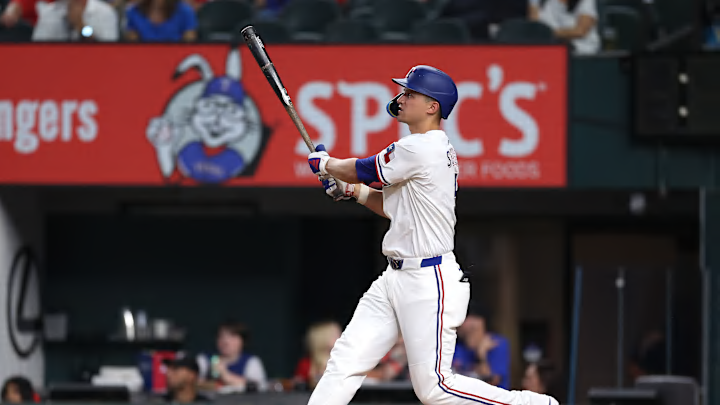Trading for Corey Seager is a concept that immediately divides a room. On one hand, you have the injury history and a contract that still has six years and roughly $186 million remaining ($31 million AAV). On the other, you have one of the most productive left-handed bats in the game—a World Series MVP who, when healthy, alters the entire complexion of a lineup. For the New York Mets, moving Seager to third base alongside Francisco Lindor would create perhaps the most formidable left side of the infield in baseball.
For the Texas Rangers, the motivation to deal Seager comes down to financial flexibility and retooling a roster that has seemingly hit a wall. Having recently non-tendered Jonah Heim and Adolis Garcia, the Rangers are signaling a willingness to cut salary and reshape their core. However, Texas won’t move a franchise cornerstone just for salary relief; they need premium, controllable talent in return. The Mets have the specific pieces to satisfy the Rangers' current roster holes while keeping their own major league core largely intact.
While these three players together may get the job done or could be viewed as too much, each brings something to the Rangers that they don't have. Looking at their farms sytem, Texas is missing a few parts the Mets have available.
3 Mets players should demand in a trade for Corey Seager
1) Francisco Alvarez - the missing catcher
With Jonah Heim gone, the Rangers have a gaping hole behind the plate. While trading Francisco Alvarez might sting for Mets fans who have watched him develop, he is the perfect "change of scenery" candidate that could entice Texas. Alvarez remains under team control for several more years, offering the Rangers a low-cost, high-ceiling solution at a premium position.
Despite recent offensive inconsistencies, Alvarez’s pedigree as a former number-one overall prospect is undeniable. He possesses 30-homer power potential—a rarity for catchers—and his age fits perfectly with a Rangers team looking to extend its competitive window. For Texas, acquiring a young catcher with elite power potential allows them to reallocate the money saved on Seager into their pitching staff, all while potentially upgrading their offensive production at catcher in the long run.
2) Carson Benge - the rising outfielder
If Alvarez is the immediate fix, Carson Benge is the dream piece. Drafted in the first round of 2024, Benge has quickly ascended prospect rankings to become one of the most exciting young outfielders in the game. The Rangers have long sought stability in the outfield, and Benge offers a tantalizing mix of contact skills, developing power, and a cannon of an arm (a remnant of his two-way days at Oklahoma State).
Benge would likely be the "headliner" in the Rangers' eyes—the player they can point to as the future face of their outfield. His left-handed swing is tailor-made for producing in the gaps, and scouts rave about his advanced approach at the plate. Including Benge in the deal proves the Mets are serious. It gives Texas a blue-chip prospect who could be ready to contribute soon, ensuring they aren't just dumping salary, but actively acquiring a future All-Star.
3) Jonathan Santucci - the lefty starter
The Rangers’ farm system is currently flush with right-handed pitching but dangerously thin on high-end lefties. This is where Jonathan Santucci becomes the deal-clincher. As a physical left-handed starter with a power fastball-slider combination, Santucci fills a specific organizational need that Texas cannot easily address internally.
Santucci isn't just a "throw-in"; he is a high-leverage asset. His ability to miss bats at an elite clip makes him a potential mid-rotation anchor or a high-end reliever. By insisting on Santucci, the Rangers would be diversifying their pitching assets and adding a southpaw who could balance their rotation for years to come. For the Mets, parting with pitching depth is always risky, but it is a necessary cost to acquire a proven superstar like Seager without emptying the entire farm.
